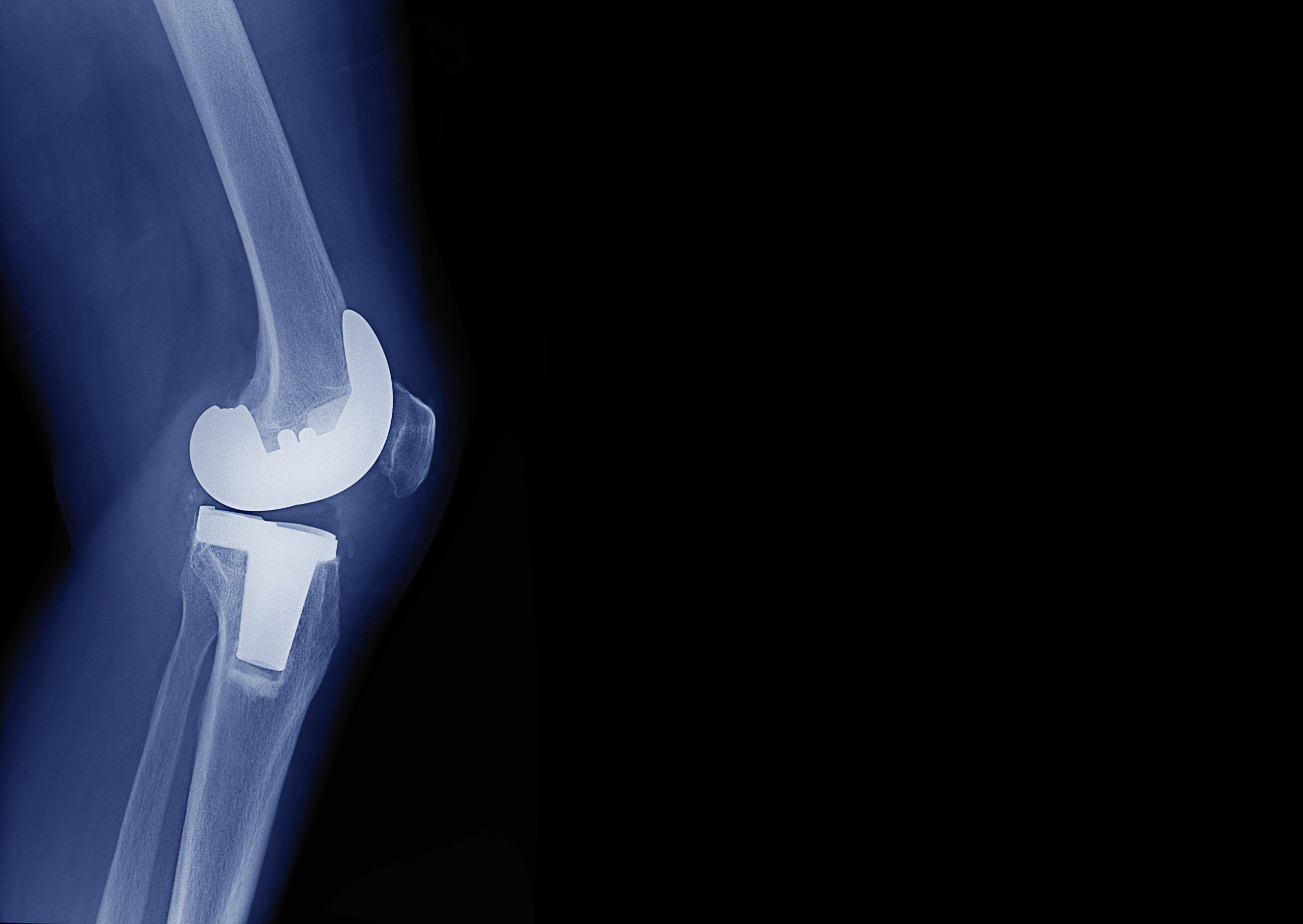
Adding vancomycin to cefazolin prophylaxis was not superior to placebo in protecting against surgical site infections following arthroplasty, according to a recent study published by Peel et al in The New England Journal of Medicine. Researchers randomly assigned 4,239 patients undergoing arthroplasty without known methicillin-resistant Staphylococcus aureus colonization to receive 1.5 g of vancomycin or saline placebo in addition to cefazolin prophylaxis. The primary outcome of the study was surgical site infection within 90 days following surgery. Among the 4,113 patients who were in the modified intention-to-treat population, 4.5% (n = 91/2,044) of those who received cefazolin/vancomycin vs 3.5% (n = 72/2,069) of those who received cefazolin/placebo experienced surgical site infections (relative risk = 1.28, 95% confidence interval [CI] = 0.94–1.73). Further, 5.7% (n = 63/1,109) of patients undergoing knee arthroplasty and 3.0% (n = 28/920) of patients undergoing hip arthroplasty in the combination treatment group experienced surgical site infections vs a respective 3.7% (n = 42/1,124) and 3.1% (n = 29/930) of patients in the placebo group. The study authors concluded, “In this pragmatic, randomized trial involving adult patients undergoing arthroplasty who had a low prevalence of MRSA colonization, the addition of vancomycin was not superior to surgical antimicrobial prophylaxis with cefazolin.”